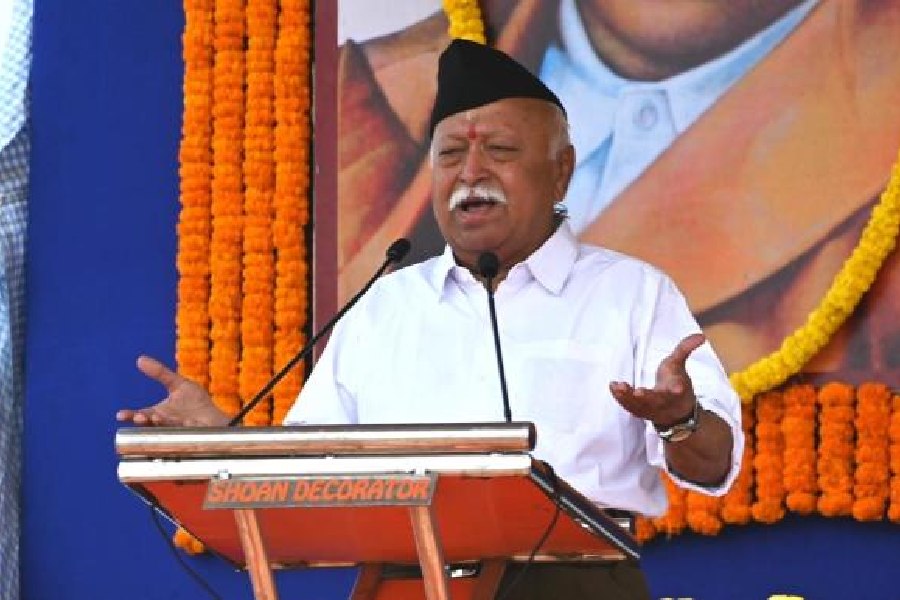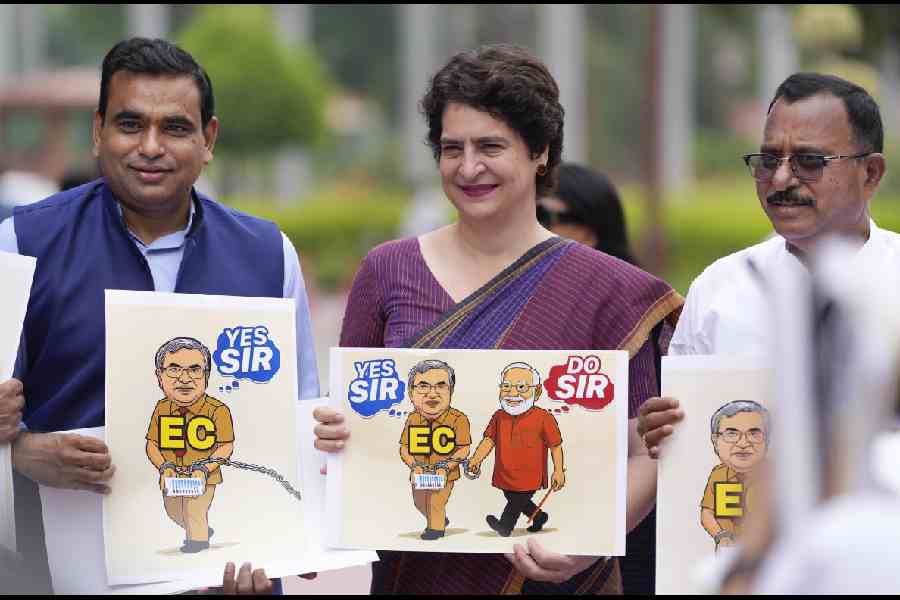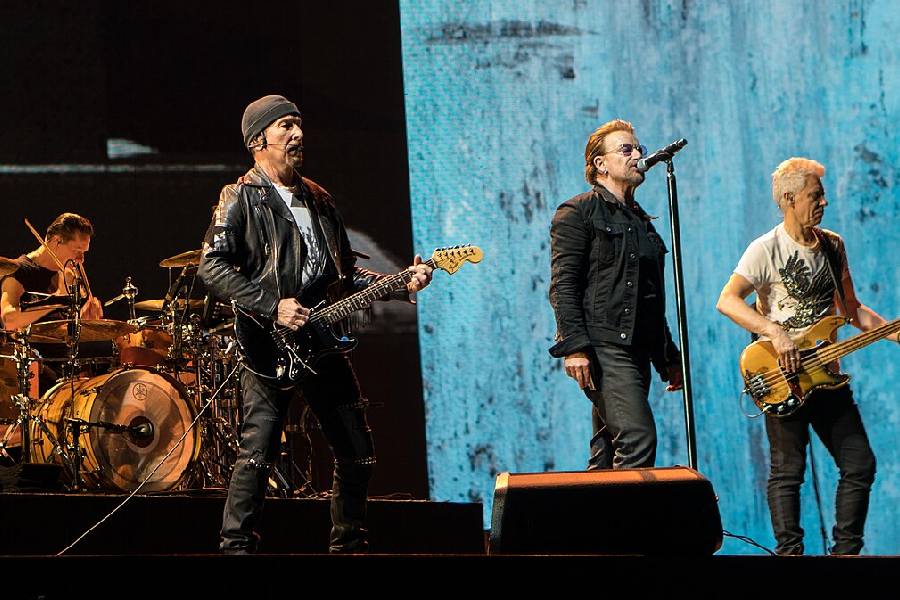Up, up and away. Superman has flown away leaving his son, Jon Kent, with the flowing red cape. But in some respects Kent Junior has bigger challenges than those shouldered by his father: he is bisexual in a world that is still largely homophobic. Superman: Son of Kal-El, authored by the Melbourne-based writer, Tom Taylor, will feature Jon sharing a kiss with his friend and online journalist, Jay Nakamura. Apart from proving Superman has always had a thing for reporters, Jon expressing his bisexuality could well be a watershed moment in the venerable franchise. Queer representation has always been read into superhero comics — after all, Wonder Woman hails from an island of women who have been hanging around together for thousands of years, with nothing to stare at but one another: the comics’ favoured catchphrase is “Suffering Sappho!” This push for the accommodation of alternative sexuality in an alternative reality was markedly refreshing given that the Comics Code Authority, a censorship body, forbade any mention of homosexuality from 1954 until 1989. Only in recent years have characters like Iceman, Loki, Harley Quinn, Poison Ivy and Tim Drake’s Robin come out as queer.
The significance of a queer Superman, however, lies not in an expression of solidarity but elsewhere. While Superman is often portrayed to be an uncomplicated crusader unlike, say, Batman, who has pronounced psychologically complex issues, the Man of Steel began his career as a champion of the oppressed. A survey of the history of comic books would show that most men and women in capes are created and enjoy their greatest popularity during times of transition and uncertainty, be they economic troubles, armed insurrections or political precarity. Expressing one’s sexual identity in an unempathetic world could well be perceived as an equally poignant moment of transition. In this sense, the fact that Jon Kent flies — or should that be swings? — both ways represents a continuum of his father’s legacy. Hearteningly, son also chafes against father’s tendency to simply put out literal and figurative fires instead of bending his formidable powers towards addressing the systemic problems that caused them.
But a discerning — cynical? — reader would also be able to spot a canny strategy here. Comic books resist queering core characters — those heavily licensed nuggets of intellectual property are allergic to meaningful change if they are to remain commercially viable. The comicverse, therefore, introduces much-needed, long-overdue progress along the edges — a sympathetic villain here, a progressive sidekick there. Even when top-tier superheroes like Superman are sent out of the closet — an act bound to grab attention — it is always with an all-important asterisk: *Not the Clark Kent Superman, but his recently introduced son. Unsurprisingly, the creators of Jon Kent have been accused of hopping on to the ‘woke’ bandwagon.
Yet progress often takes place in small, incremental ways. As the world depicted on the pages of the comics starts to mirror the one off it, as more members of comics’ diverse readership gain the opportunity to see a version of themselves on the pages, the result, hopefully, would be the emergence of two richer, inclusive worlds — one real, the other imagined.










